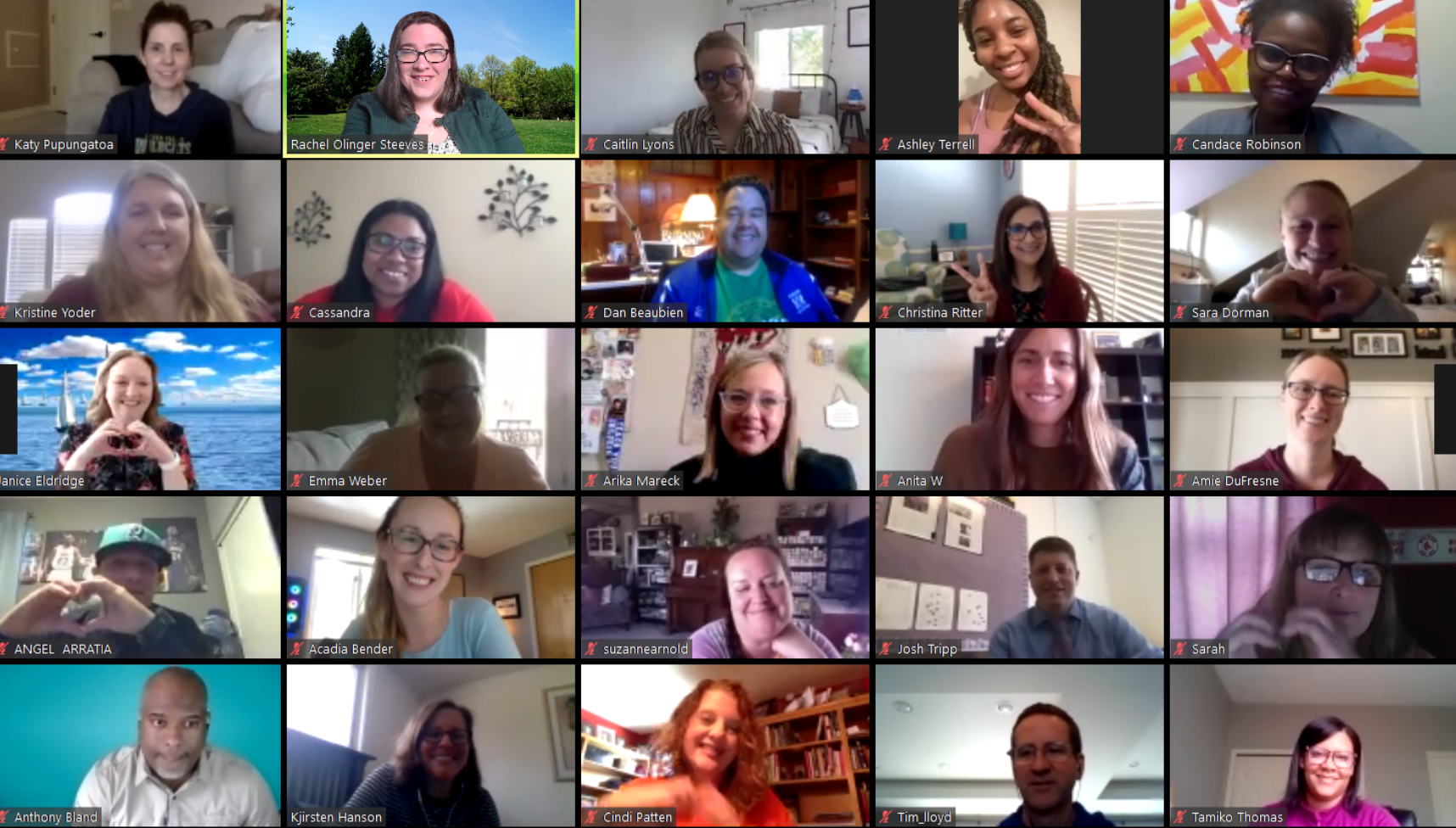Now that 47 states and D.C. have canceled brick and mortar school for the rest of the year, this online world isn’t going anywhere soon.
As the nation’s teachers and students have adjusted to this new reality, there is an easy conclusion we can draw: distance learning is hard, and teachers and students alike are struggling. While that might seem like bad news, it’s actually good.
Distance learning has solidified what we already knew: schools are not just educational spaces. Schools are critical social and emotional learning communities. Schools help adults and students connect and do so much more than grow academically. Teachers have intangible gifts. Teacher positively influence the lives of young people. Teachers can turn discouragement into resolution. Teachers can turn fears into triumphs. And teachers can also see the infinite potential of each child.
But it is easier to see it, when you can actually “see it.”
Education is both head and heart.
While the head aspects are addressed through academic assignments such as take-home packets, Zoom meetings and Google Classroom, the heart part, the relationships, are suffering. On a macro-level, the fact that teachers feel discouraged is a wonderful sign. While a teacher may dialogue with students using a chat function in Google Classroom, it’s nothing like the energy of a physical classroom. In fact, it is challenging to capture those intangibles virtually.
Education is a profession that is predicated on caring about others. Relationships are the heartbeat of the classroom. Teaching is about creating connections so that students feel safe and secure — then they are able to participate in academics. As a society, it is affirming to know we need to be in relationships. So, of course educators don’t feel right — it’s difficult to connect with people when they’re outside the classroom.
We are in a responsive mode right now. This is an opportunity and reminder that, as we shift into rebuilding mode, we must keep connections at the center.
When we go back to school physically — obviously we will need to address the differentiated academic needs, but there will be a need for us to focus on social and emotional learning for students. This will be not only for academic support, but also on how we can provide the mental health and the wraparound supports. Students will need these — from us — when they come back, to help them recover and bring back that safety net of schools.
Teachers are some of the strongest and most creative people I know. Their commitment to their students was exemplified in their ability to move to a new platform with almost no warning and minimal training, based on care for their students.
There’s no denying the fact that school is at the center of our children’s lives. Beyond being a place of academic instruction, it’s the place where they learn to live alongside each other. And there’s no lesson plan for this that can be made video-conference ready. In the midst of the stress of COVID-19, we have to take away from this a renewed respect for our inherent need for connections, which is at the core of education.
In short, teachers feeling bad is good. It reaffirms what we already know to be true: relationships are critical, and when we get back together, we need to start there.
